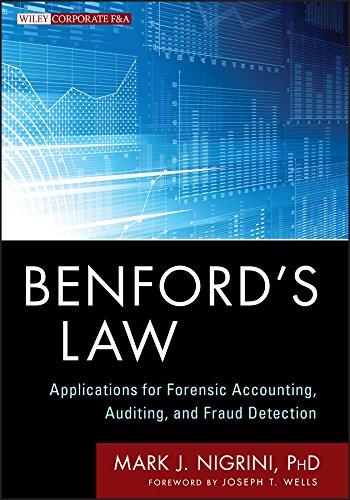Answered step by step
Verified Expert Solution
Question
1 Approved Answer
Please help me solve this exercise ASAP. Solve for the unknown quantity in Parts (a) through (d) that makes the equivalent value of cash outflows
Please help me solve this exercise ASAP.



 Solve for the unknown quantity in Parts (a) through (d) that makes the equivalent value of cash outflows equal to the equivalent value of the cash inflow, F. a. If F=$11,000,G=$620, and N=6, then i= ? b. If F=$11,000,G=$620, and i=6% per period, then N= ? c. If G=$950,N=12, and i=12% per period, then F= ? d. If F=$7,700,N=6, and i=12% per period, then G= ? Click the icon to view the accompanying cash-flow diagram. Click the icon to view the interest and annuity table for discrete compounding when i=6% per year. Click the icon to view the interest and annuity table for discrete compounding when i=12% per year. a. The interest rate, i, is \%. (Round to one decimal place.) More Info More Info More Info Solve for the unknown quantity in Parts (a) through (d) that makes the equivalent value of cash outflows equal to the equivalent value of the cash inflow, F. a. If F=$11,000,G=$620, and N=6, then i= ? b. If F=$11,000,G=$620, and i=6% per period, then N= ? c. If G=$950,N=12, and i=12% per period, then F= ? d. If F=$7,700,N=6, and i=12% per period, then G= ? Click the icon to view the accompanying cash-flow diagram. Click the icon to view the interest and annuity table for discrete compounding when i=6% per year. Click the icon to view the interest and annuity table for discrete compounding when i=12% per year. a. The interest rate, i, is \%. (Round to one decimal place.) More Info More Info More Info
Solve for the unknown quantity in Parts (a) through (d) that makes the equivalent value of cash outflows equal to the equivalent value of the cash inflow, F. a. If F=$11,000,G=$620, and N=6, then i= ? b. If F=$11,000,G=$620, and i=6% per period, then N= ? c. If G=$950,N=12, and i=12% per period, then F= ? d. If F=$7,700,N=6, and i=12% per period, then G= ? Click the icon to view the accompanying cash-flow diagram. Click the icon to view the interest and annuity table for discrete compounding when i=6% per year. Click the icon to view the interest and annuity table for discrete compounding when i=12% per year. a. The interest rate, i, is \%. (Round to one decimal place.) More Info More Info More Info Solve for the unknown quantity in Parts (a) through (d) that makes the equivalent value of cash outflows equal to the equivalent value of the cash inflow, F. a. If F=$11,000,G=$620, and N=6, then i= ? b. If F=$11,000,G=$620, and i=6% per period, then N= ? c. If G=$950,N=12, and i=12% per period, then F= ? d. If F=$7,700,N=6, and i=12% per period, then G= ? Click the icon to view the accompanying cash-flow diagram. Click the icon to view the interest and annuity table for discrete compounding when i=6% per year. Click the icon to view the interest and annuity table for discrete compounding when i=12% per year. a. The interest rate, i, is \%. (Round to one decimal place.) More Info More Info More Info Step by Step Solution
There are 3 Steps involved in it
Step: 1

Get Instant Access to Expert-Tailored Solutions
See step-by-step solutions with expert insights and AI powered tools for academic success
Step: 2

Step: 3

Ace Your Homework with AI
Get the answers you need in no time with our AI-driven, step-by-step assistance
Get Started


